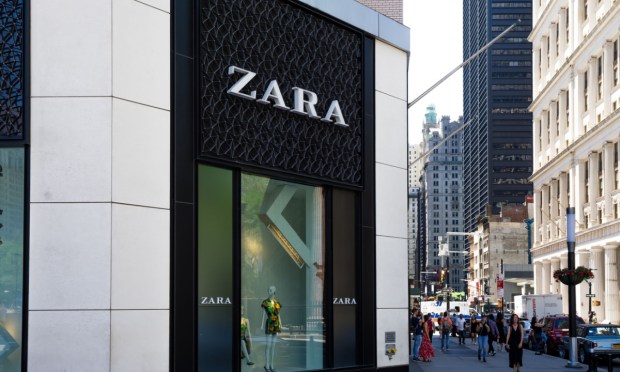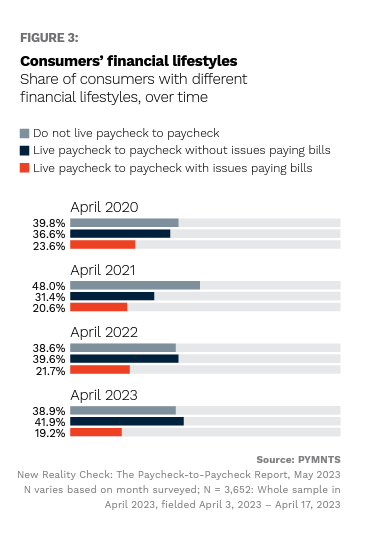Global Retailers Set Sights on Slice of US Consumer Spend

Overseas retailers, once focused on expansion in global markets, are showing increasing interest in claiming a stake in the United States, seeking to make their presence known both online and in-store. As reported in June by The Wall Street Journal, global brands such as Mango and Primark are making initial expansion efforts across the country, while longstanding players like Zara and Uniqlo are building on an already established presence. Citing geopolitical pressures, such as withdrawing from the once-lucrative Russia market after it invaded Ukraine or the rise of China’s tough local competition, brands that had once not considered entering into the highly competitive U.S. market are reexamining their sales strategy.
It is interesting timing for this jump, as stateside-based retailers are seeking to reduce their footprint or are slashing prices in response to disappointing earnings. The main driver for both these contraction strategies is decreased consumer spending, a problem that has already been seen globally as a main cause of the eurozone’s current contraction. And, as noted in the PYMNTS May collaboration with LendingClub, “New Reality Check: The Paycheck-to-Paycheck Report,” U.S. consumers overall have yet to see a financial lifestyle recovery suggesting it is safe to return to spending above the basics.

Although the share of consumers living paycheck to paycheck is at its lowest level since before April 2020, the combined share of those living paycheck to paycheck remains stubbornly over twice the share of consumers not living paycheck to paycheck. And though there has been a bump of 2 percentage points in the share of paycheck-to-paycheck users without bill pay issues, not having bill pay issues is not necessarily enough budgetary leeway to notably increase spending.
As a result of these limited resources, the share of consumer spend when it comes to the non-essentials is already ultra-competitive. Foreign brands interested in U.S. expansion may be incentivized to enter this battlefield by some competitors’ previous success. Fast fashion giant Inditex, whose Zara brand has established a years-long strong U.S. eCommerce presence, is investing its profits further into technology after reporting high 2022 sales. The Spanish clothing company said in March during its yearly earnings report that sales had risen 18% year over year.
Other companies are taking signs of contraction as a signal to expand. Longtime U.S. market player Uniqlo, part of the Fast Retailing Group that also owns Theory and Helmut Lang, reported in January that sales slid 2% to $889.8 million in Q2 2022, landing below estimates but not deterring the brand from further U.S. expansion.
The company wrote in the filing: “The Fast Retailing Group is determined to strengthen initiatives designed to expand our business operations and promote sustainability in order to become a global No.1 brand by focusing on creating customer-oriented products; accelerating global store openings; building purchasing experiences that fuse physical stores and eCommerce; and helping to solve various environmental and social issues.”
It is perhaps this plan in place that is propelling Uniqlo to plan 20 new U.S. store openings per year through 2026, per WSJ.
Although not specifically specializing in clothing, Swedish furniture retailer IKEA announced in April it is expanding its omnichannel capabilities with a $2.2 billion investment over the next three years, its biggest in the U.S. in four decades. The investment will also add new locations, strengthen its fulfillment network and expand its product line. And in May, IKEA announced plans to open 17 stores nationwide over the next three years. This expansion includes eight full-fledged IKEA stores as well as nine “Plan and Order” points, where customers can create personalized room setups.
Could these companies’ moves inspire the start of a foreign fashion invasion? Hard to tell, but if domestic retailers continue to shrink inventory, perpetuating complaints of “boring” fashion choices and fewer toy choices, the market could be ripe for some fresh faces.
